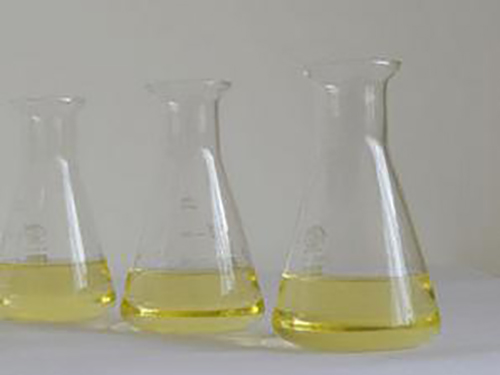polyacrylamide formation
The Formation and Applications of Polyacrylamide
Polyacrylamide (PAM) is a versatile synthetic polymer that plays a critical role in various industrial and environmental applications. The formation of polyacrylamide involves the polymerization of acrylamide monomers, which can occur under different conditions and methodologies to tailor its properties for specific uses.
The basic process of polyacrylamide formation begins with the polymerization of acrylamide, a colorless and water-soluble organic compound. This process can be initiated by several methods, including thermal initiation, redox processes, and radiation. The most commonly used initiation method is through chemical agents like potassium persulfate or ammonium persulfate, which help to generate free radicals that propagate the polymerization reaction. This polymerization can occur in aqueous solutions, where acrylamide monomers combine to form long chains, ultimately resulting in a thick, gel-like polymer.
The resulting polyacrylamide can be categorized into different forms nonionic, anionic, and cationic, each distinguished by the charge of the polymeric chains. Nonionic polyacrylamides possess neutral charge and are often used in applications where flocculation is essential, such as in water treatment processes. Anionic polyacrylamides, carrying a negative charge, are effective in enhancing sedimentation and clarification of suspended particles in wastewater treatment. Conversely, cationic polyacrylamides possess a positive charge, making them suitable for use in paper manufacturing and as soil conditioners in agriculture.
polyacrylamide formation

One of the most significant advantages of polyacrylamide lies in its ability to absorb water and swell, creating a gel-like consistency. This property makes it invaluable in numerous applications, including as a thickening agent in cosmetics, as a soil conditioner to retain moisture in agriculture, and in enhanced oil recovery techniques where it is used to increase the viscosity of oil and improve extraction rates.
Furthermore, polyacrylamide is extensively employed in laboratories for electrophoresis, a technique used to separate biomolecules based on their size and charge. Its ability to form gels of different pore sizes allows researchers to fine-tune the separation process, making it an essential tool in molecular biology and biochemistry.
Despite its numerous benefits, the use of polyacrylamide also raises environmental and health concerns. The acrylamide monomer is recognized as a potential neurotoxin and carcinogen, prompting regulations on its handling and use. In response, researchers are exploring safer alternatives and developing modified formulations of polyacrylamide that minimize health risks while retaining functionality.
In conclusion, polyacrylamide formation through the polymerization of acrylamide is a complex but crucial process that results in a polymer with diverse applications across industries. From water treatment and soil conditioning to biochemical applications, its versatility makes it a subject of ongoing research and development to enhance its efficacy while mitigating potential risks. As our world continues to progress, the demand for safe and effective polymers like polyacrylamide will undoubtedly continue to grow, paving the way for innovative solutions to modern challenges.
-
Water Treatment with Flocculant Water TreatmentNewsJun.12,2025
-
Polymaleic AnhydrideNewsJun.12,2025
-
Polyaspartic AcidNewsJun.12,2025
-
Enhance Industrial Processes with IsothiazolinonesNewsJun.12,2025
-
Enhance Industrial Processes with PBTCA SolutionsNewsJun.12,2025
-
Dodecyldimethylbenzylammonium Chloride SolutionsNewsJun.12,2025





